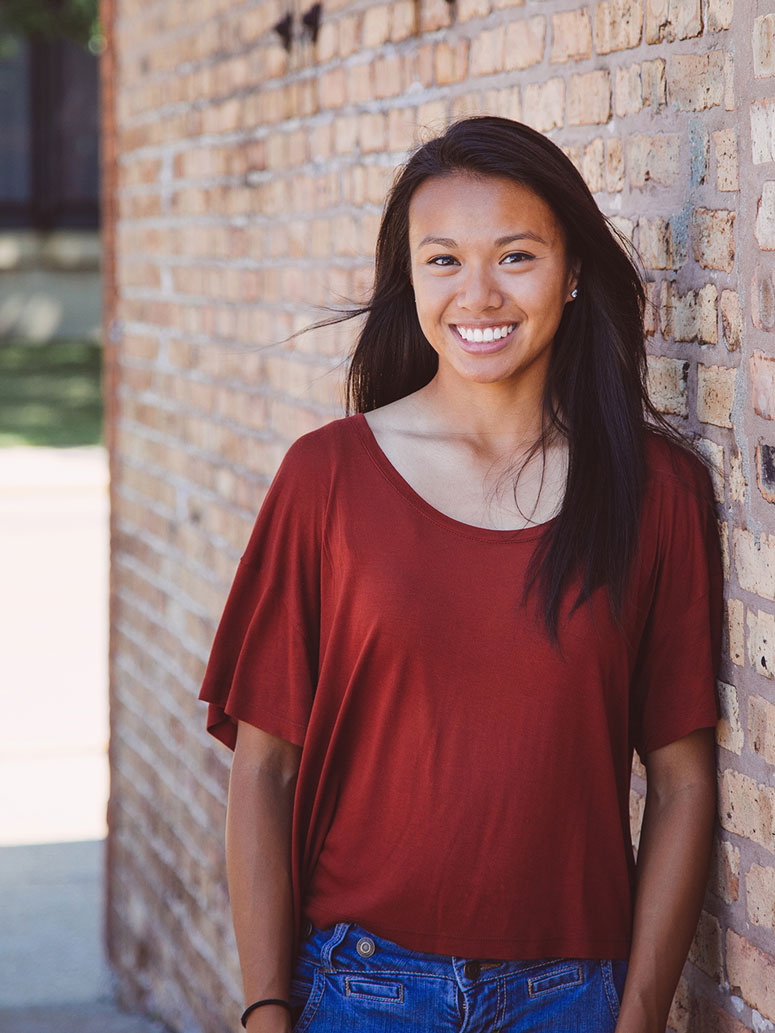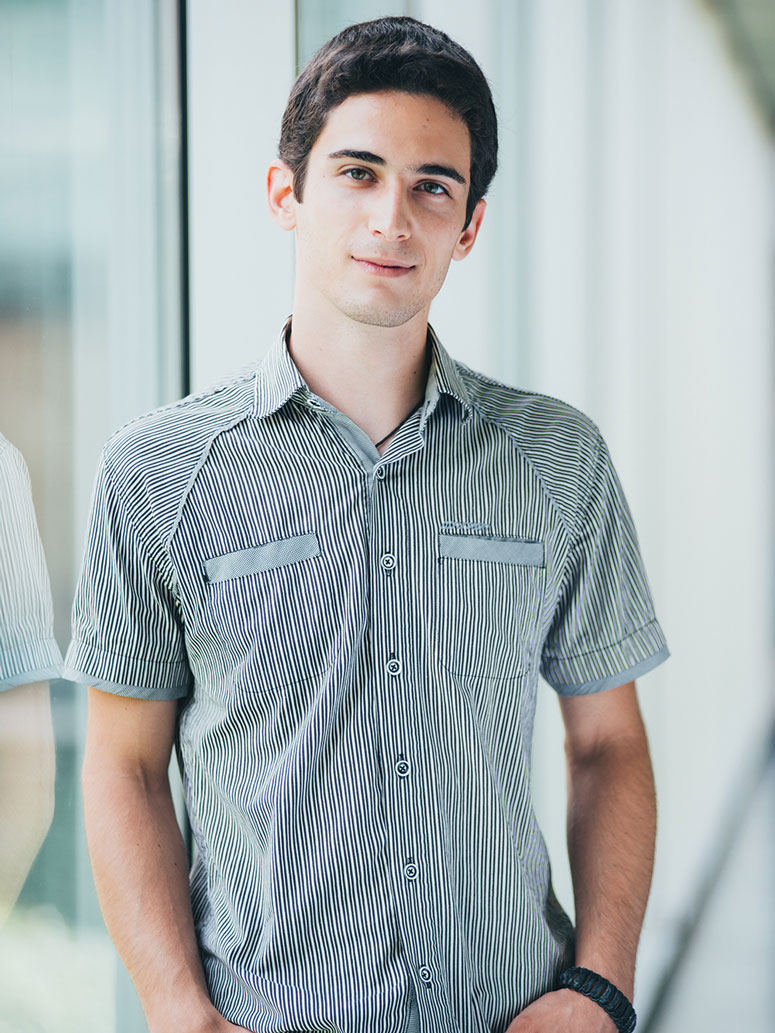Ask Veronica Torres (BME 4th year) to describe two highlights of her summer vacation, and chances are she will tell you about completing brain surgery on mice and observing cells glow when excited by high-energy light. Some 30 other IIT engineering undergraduates might describe similar research experiences thanks to their placement in Armour R&D this summer. Offered through IIT Armour College of Engineering’s Distinctive Education program, students gained valuable research experience under the mentorship of IIT Armour College of Engineering faculty members.
Students worked on projects categorized by the IIT Armour College of Engineering themes: water, health, energy, and security. The merit-based summer program gave undergraduates the chance to either gain new research experience under the Program for Undergraduate Research Education (PURE) or to develop technology based on research findings through the Mentored INnovation and Development (MIND) track.
As part of their acceptance into the competitive R&D program, students received a stipend, prepared a report on their research results, and participated in the Armour R&D Expo in October.

Photo by: Scott Benbrook
Veronica Torres
Major/year: Biomedical Engineering/4th year
Project: Dual-Reporter Fluorescence Image-Guided Surgery for Gliomas [brain or central nervous tumors that arise from glial cells]
Mentor: Assistant Professor Kenneth M. Tichauer
Project purpose: To improve neurosurgical guidance techniques and glioma tumor contrast for more
successful surgeries
Torres’s contributions: She designed and carried out the experiments with the assistance of doctoral student Clover Xu, researched previous similar studies to aid in the design of their experimental protocol, transfected and subcultured cells, labeled proteins, and performed animal experiments alongside Xu.
More work to do: “This fall, we’re looking to optimize the procedure and make it viable in a clinical setting by using reporters [genes that serve as markers to help determine the activity of other genes] that are already FDA-approved. Experiments will be conducted with quantification in vivo, whereby imaged tumors will be excised and then validated with immunohistological staining rather than removing the entire [mouse] brain.”
Armour R&D benefits: “This opportunity was my first research experience and was very supplemental to my education. It gave me the chance to apply what I’ve learned in class as well as exposed me to other things that I wouldn’t be able to learn in a classroom setting. This project taught me a lot about the proper way to conduct research and helped me develop skills that will be useful in my last year of undergraduate studies.”

Photo by: Bonnie Robinson
Georgi Hristov
Major/year: Aerospace Engineering
and Mechanical Engineering/5th year
Project: Innovative Control Effectors for Maneuvering of Air Vehicles
Mentor: Professor David R. Williams
Project overview: The research team studied the ability of modern active-flow control actuators to improve the performance and maneuverability of unmanned combat air vehicles (UCAV). The main goal of the project was to evaluate the performance of active-flow control methods (e.g., circulation control) and their potential for replacing conventional control surfaces (e.g., ailerons, elevators). The airframe under investigation was a generic delta wing UCAV that has an extensive set of data available from the German Aerospace Center test facility in Braunschweig, Germany. A model predicting the performance had to be created and compared to the available experimental data to determine if the actuators were able to produce similar results to conventional control surfaces.
Hristov’s contributions: He conducted a comprehensive literature review of modern active-flow control actuators that have the potential to improve UCAV performance; and acquired, analyzed, and processed data to determine which active-flow control actuators may be capable of producing the aerodynamic forces and moments required for the UCAV to achieve performance similar to the conventional actuators.
Project high point: “Besides the progress on the research topic, I am really proud of the amount of new information that I learned, which gives me a better perspective in my preparation for graduate school.”
Armour R&D benefits: “The project gave me insight into the field of flow control and the current trends in aerospace engineering. This experience was priceless because it let me identify quickly developing areas of research in my major and guided me in my choice of graduate school and a future career.”